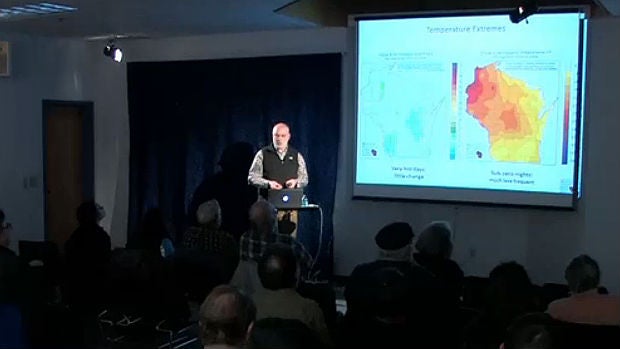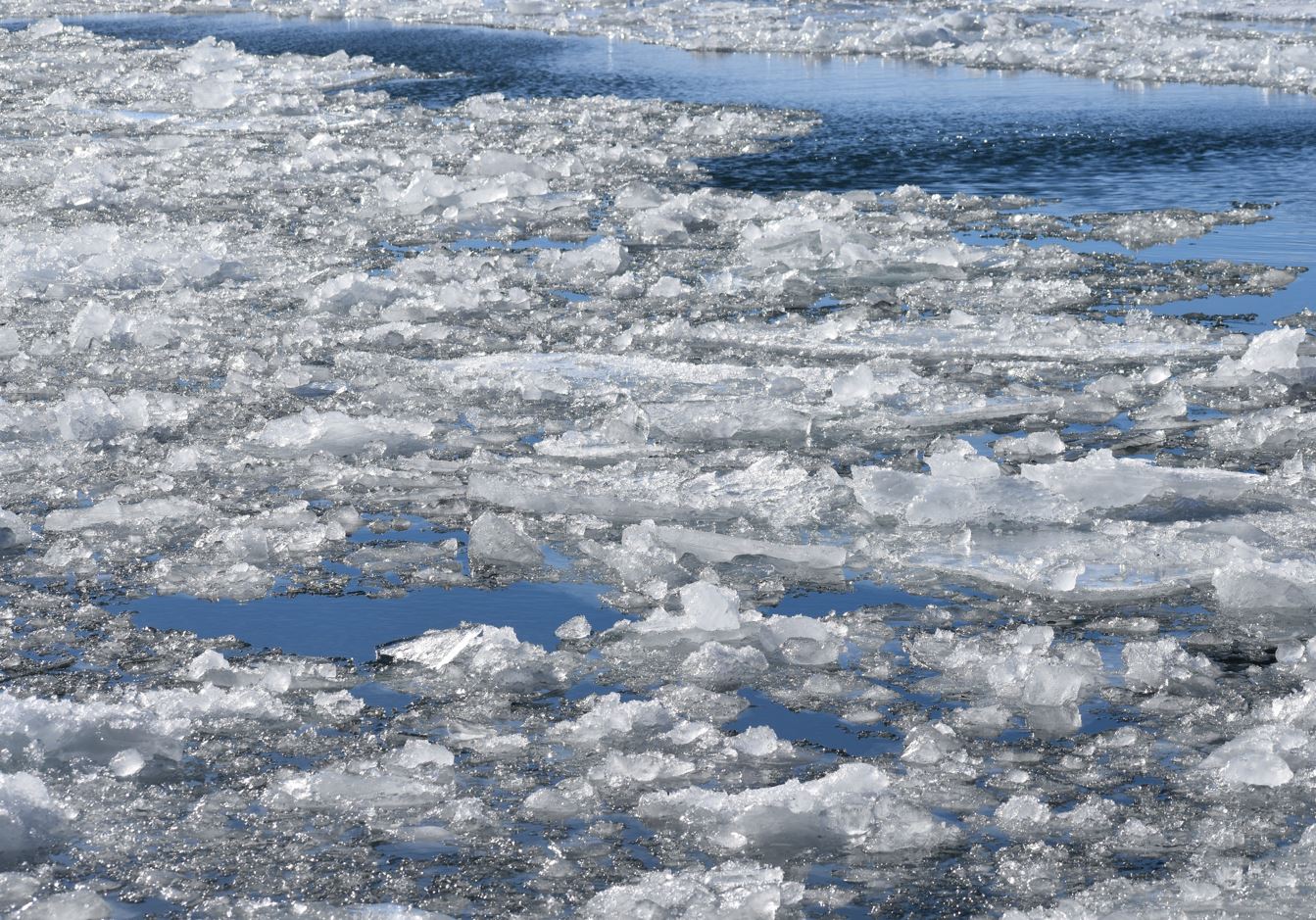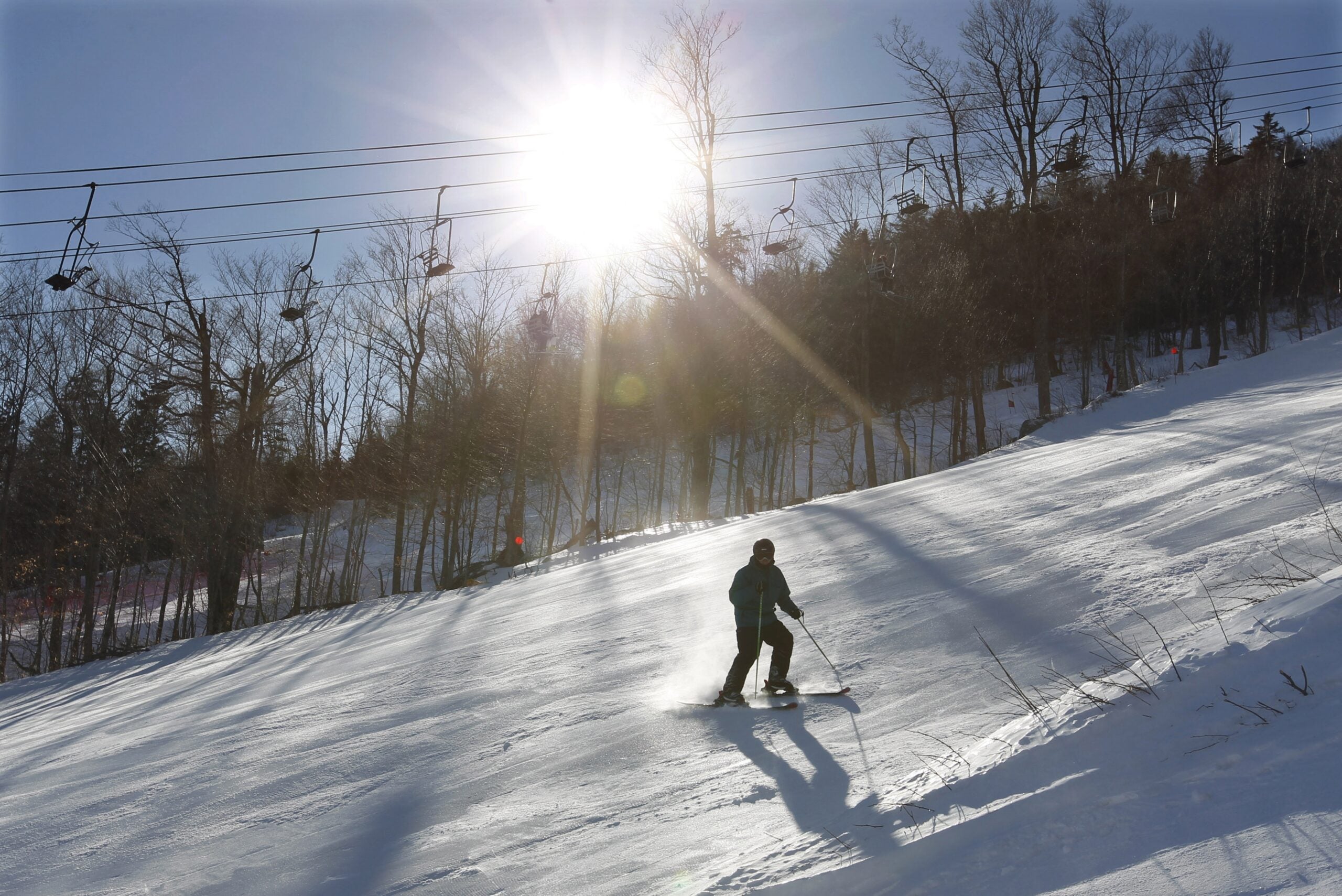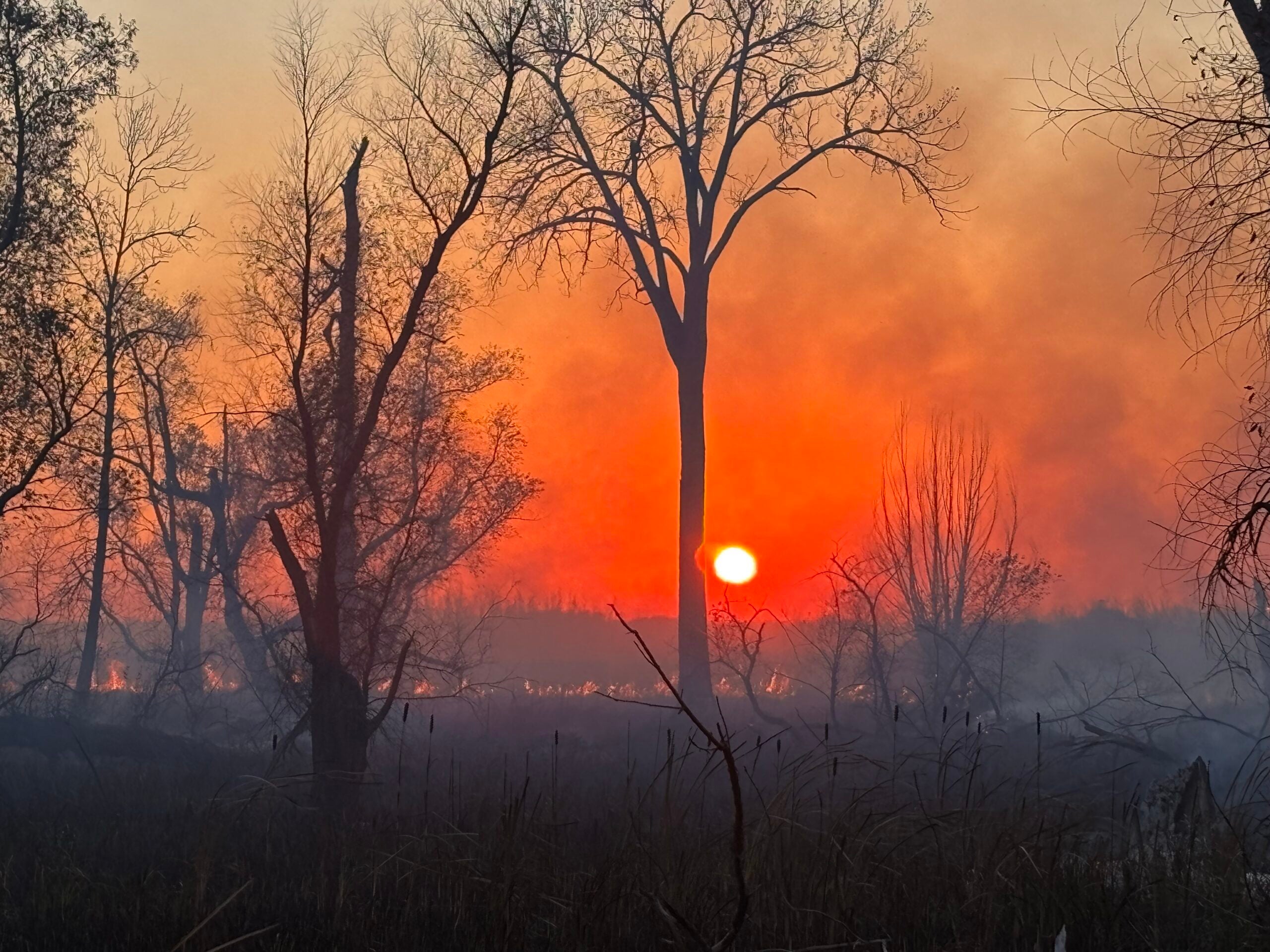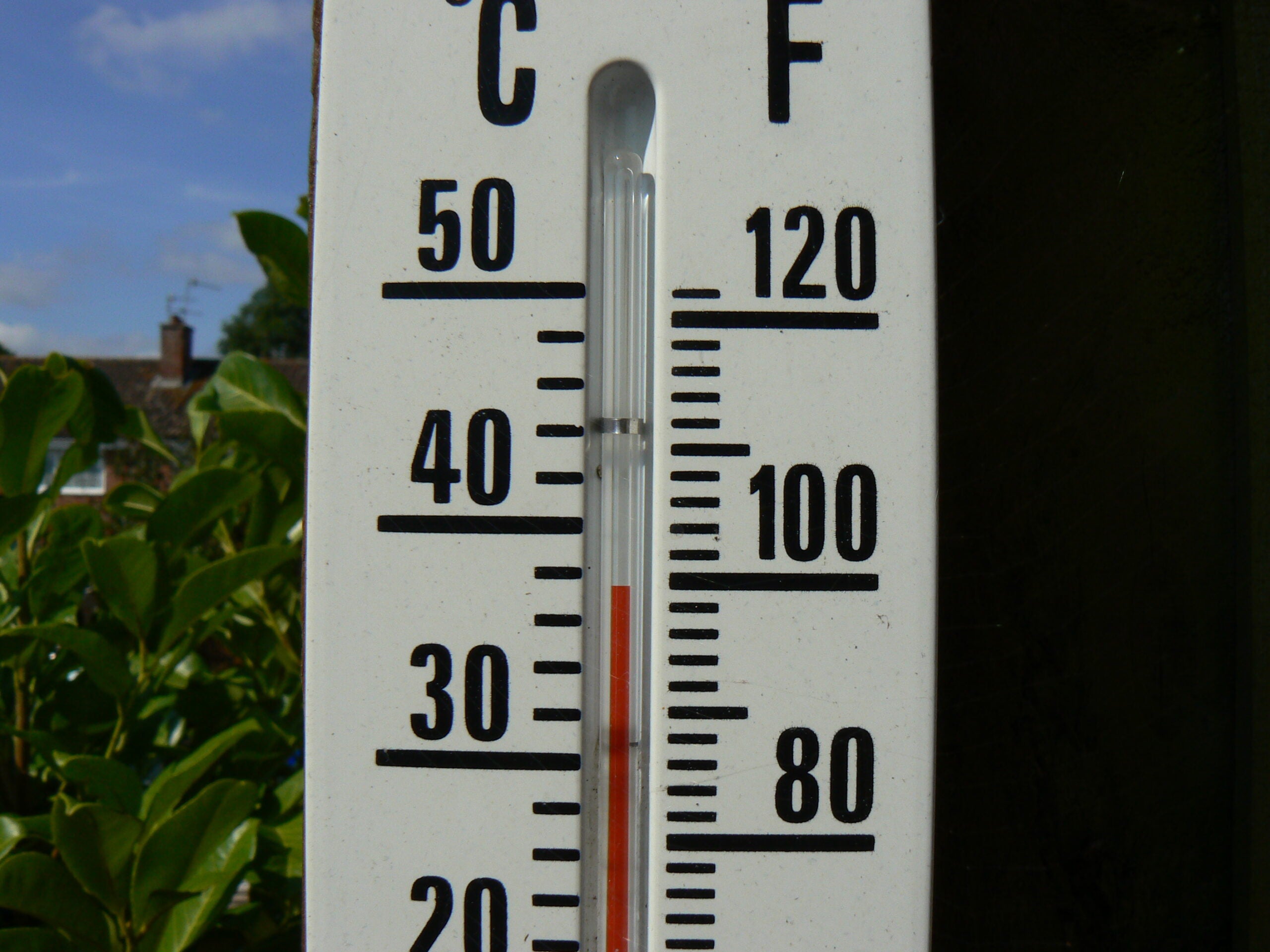Wisconsin’s climate is gradually warming and is forecast to get warmer by the mid-21st century. Climatologists track this regional reflection of a planetary trend in large part through a series of satellites that gather data about Earth’s lands, seas and air, and subsequently, use this information to help model long-term climate projections. The science and mathematics underlying this research are complicated, but they document how human activities contribute to and can be affected by these changing climate conditions.
The Wisconsin Initiative on Climate Change Impacts (WICCI), launched as a partnership between University of Wisconsin-Madison researchers and state regulators, is building upon more than a half century of local weather observations to identify ongoing and potential future temperature and precipitation scenarios for the state. One distinct trend this research identifies is that warming is more pronounced at night, with low temperatures rising above normal more often than high temperatures, particularly in winter. This phenomenon is more distinct in northwestern Wisconsin than elsewhere in the state.
One member of the WICCI team is David Liebl, a faculty associate with the UW-Madison College of Engineering and a stormwater specialist with UW-Extension. In this latter role, his work includes helping local and state officials adapt to changing precipitation patterns and their impact on runoff. In a Feb. 10 talk delivered at the UW Space Place in Madison, Liebl offers an overview behind the science of climate change, focusing on how satellite data are used to inform long-term modeling. The talk was recorded for Wisconsin Public Television’s “University Place” program.
Stay informed on the latest news
Sign up for WPR’s email newsletter.
Key Facts:
- WICCI researchers are analyzing temperature and precipitation measurements from weather stations around Wisconsin to identify trends from 1950 to 2006. Among their findings: Annual precipitation has increased in portions of west-central and south-central Wisconsin; annual average temperature has increased in portions of western and northwest Wisconsin; and summer high temperatures over 90 degrees Fahrenheit haven’t increased appreciably around Wisconsin, but the number of winter low temperatures below 0 degrees Fahrenheit has decreased considerably in the state’s northwest region. Overall, Wisconsin is getting less cold during the night, with average low temperatures increasing to a greater degree than average high temperatures, especially during the winter.
- Seasonal freeze and thaw dates are changing in Wisconsin, with the onset of spring arriving some six to 12 days earlier in 2006 than in 1950. This shift is lengthening the agricultural growing season, particularly in the northwestern portion of the state.
- Climatologists use satellite remote sensing to document and study weather patterns. They compile satellite data over time to help study regional and planetary climatic patterns. These satellites capture data on solar radiation, water temperature, atmospheric chemistry, cloud properties, landscape and vegetation topography, the height of the surface of the ocean, and other physical properties of Earth’s climate. This information is then used to inform mathematical modeling to develop long-term forecasts for temperature and precipitation.
- Climatic modeling is very complicated and based on numerous variables. Information remains limited, however, and projections become more uncertain the farther into the future they’re developed. Ultimately, these forecasts are intended to identify the most likely outcome in a range of outcomes.
- WICCI analyzed 14 global climate models to forecast the probability for temperature and precipitation patterns in Wisconsin up to 2055. Based on projections of greenhouse gas emissions that rely on current trends, Wisconsin is forecast to experience ongoing changes in temperature and precipitation. Annual average temperature in Wisconsin is projected to increase in a range that centers on 6 degrees Fahrenheit, as well as experience an increase in the number of days with high temperatures exceeding 90 and 100 degrees Fahrenheit; these trends are more pronounced on the western side of the state. A 5 to 15 percent increase in precipitation is projected, which is forecast to be concentrated in the late winter and springtime months, and may be accompanied by an increase of several more heavy rainfall situations per decade.
Key Statements:
- On winter weather forecasting amidst climate change: “I can guarantee you we’ll be having nice winter evenings for years to come — the climate’s not changing that dramatically.”
- On weather vs. climate: “What we as individuals experience is weather, and that’s the atmospheric phenomenon that arises from the interactions in the climate system. So the climate system, something that we measure over a long period of time, creates the conditions that drives the weather that we experience on a regular basis.”
- On scientific exploration of climate change: “The idea that human activity could affect the Earth’s system, could affect the greenhouse effect, is something that’s been around for a very long time. But, of course, demonstrating that on a global scale is big science, and this is the frontier of science where people are first beginning to think about these issues.”
- On the pattern of warming in Wisconsin (citing UW-Madison climatologist Christopher Kucharik): “It’s not so much that we’re getting warmer, it’s that we’re getting less cold. We’re getting less cold at night. We’re getting less cold at night in the wintertime in northwest Wisconsin. So if you’ve been sleeping in the winter at night in northwest Wisconsin, you’ve missed it all. But it’s been happening, because these weather stations have been tracking it.”
- On the increase of days over 90 degrees Fahrenheit over 1950-2006: “You know, I’m really hard pressed to say daytime hot temperatures have changed over that time period. It doesn’t look too different to me. And I think this probably explains why we find so many people are skeptical about warming trends, because we notice warming trends when we’re out in them, in the weather when it’s daytime, when we’re doing things. And if the hot days aren’t changing very much, we’re not going to notice much difference.”
- On the variability of climatic projections: “There’s no single right climate model. There probably never will be a right climate model. Everyone is trying different ideas out. Some of them are coming close together on certain aspects, others are going off in other directions — that’s science. And it’s interesting, and hopefully we’ll, at some point, feel like we’ve got a consensus view of it, but right now there are still a range of climate projections that we have to deal with.”
This report was produced in a partnership between Wisconsin Public Radio, PBS Wisconsin and the University of Wisconsin Cooperative Extension. @ Copyright 2025, Board of Regents of the University of Wisconsin System and Wisconsin Educational Communications Board.
